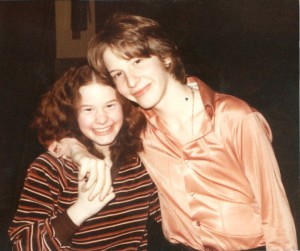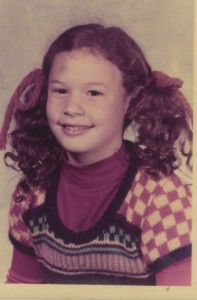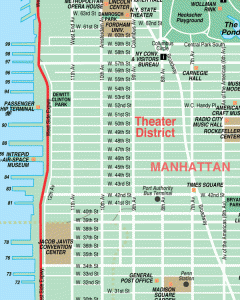In the early to mid-seventies, one of the most talked about television shows among kids was The Brady Bunch. In many children’s eyes, this family was perfect and was the yardstick we used to judge our own families. Unfortunately, our own families never measured up to this one, and we had to face the cold, harsh reality that our families sucked and we would never get to live in a house with a cool staircase, a big yard, and live-in help. Yet despite the huge abyss that we believed separated our modest lives in Queens from anything Brady-like, I had my questions about that bunch. Here are just a few.
- If Mike Brady was such a great architect, why did they live in a house where six kids where holed up in two rooms? Couldn’t he get creative? Put up a wall or build an addition the the house or something? Didn’t he watch HGTV and know how to make this space work? Did Alice really need to live in or should that room have gone to another kid?
- Did Mr. and Mrs. Brady read any studies published about the issues of being a middle child? If they had, is it possible that Peter Brady would not have acted out, seeking attention by signing a contract to appear on VH1’s Surreal World?
- What was up with Carol Brady’s hair. Wasn’t there a better way to grow out your hair after a pixie cut? Wasn’t Vidal Sassoon on the set?
- What kind of health insurance did the Bradys’ have? Neither of the parents complained about the doctors’ bills when Peter (middle child!) accidentally hit Marcia in the nose with that football. They must have had a damn good plan.
- Why was it that the Bradys’ didn’t have any diverse friends that were say, African American, Asian, Muslim, or Jewish, but they were paling around with a midget? (Cousin Oliver, final season)
- Why didn’t anyone suggest speech therapy for Cindy’s lisp?
- Did Sam the butcher sometimes stay over in Alice’s room?
- How did a family of eight survive with just one TV? (I only remember seeing one in the den).
- What happened to Carol Brady’s first husband? Was he dead? Were they divorced? Did he have life insurance? Pay alimony? Didn’t the girls ever think about him? Couldn’t they have included a flashback episode?
- Did Jan really need all that hair? Hasn’t she ever heard of Locks of Love?
These questions usually played over and over in my head during the show’s Friday night 8 pm time slot, but by 8:30, it was time for The Partridge Family, which brought up a whole host of new questions including, where was their dad, was Tracy so musically inept that all she could play was the tambourine, and why the hell didn’t they fire that stylist who dressed them all in pre-Seinfeld puffy shirts?



